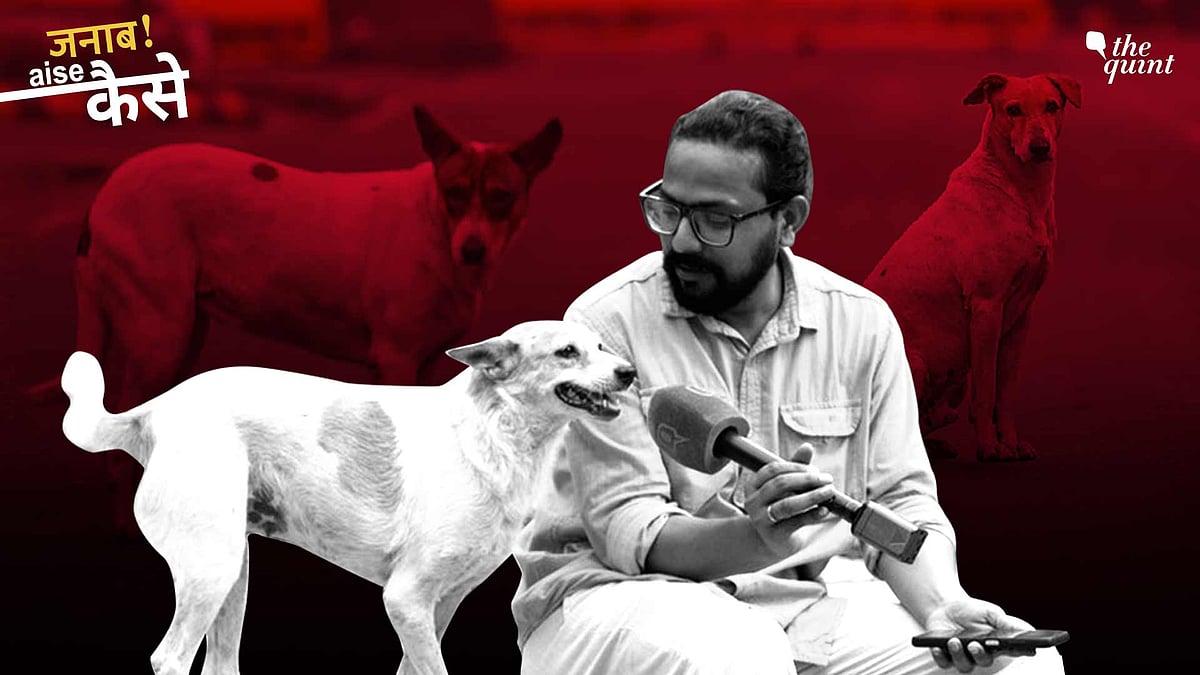No Shelter, No Plan: Stray Dogs in Delhi Caught Between Court Orders and Reality
Delhi faces challenge as Supreme Court orders stray dogs moved to shelters amid infrastructure gaps.

advertisement
In this episode of Janab Aise Kaise, we hit the ground in Delhi to track the fallout of the Supreme Court’s recent directive on stray dogs. The court has ordered the Delhi government and local bodies in the NCR to capture stray dogs and shift them permanently to shelters on an urgent basis.
The move stems from a suo motu case regarding rising incidents of dog bites in the region. But while the intention is to protect human life, the question staring everyone in the face is this: How does a city house stray dogs from every locality across Delhi in just six to eight weeks - with no infrastructure in place? And what happens if it fails to meet the deadline?
Animal rights activists and civil society members have raised serious concerns. Their protest isn’t against safety but against an order that ignores both data and ground realities.
In Delhi’s Timarpur area, we visited a sterilization and care facility run by Neighbourhood Woof, where dogs are housed temporarily post-vaccination. The team tells us bluntly: there are currently no permanent shelters in Delhi for stray dogs. And of the 78 government-run animal hospitals, most are “defunct.”
At most, Animal Birth Control (ABC) centres can only house dogs for five days. That’s the limit. These centres were never designed for long-term holding, let alone lifetime confinement.
We also spoke to Each One Feed One Dog Charity, which feeds and cares for street dogs. Their assessment is grim: the current shelter infrastructure doesn’t even scratch the surface of what would be required to implement the court’s directive.
From North Delhi to Masoodpur, the pattern is the same - understaffed centres, minimal funding, and a system stretched thin. Despite these concerns, the court has been clear: human lives must be prioritised over stray dogs.
But without enough facilities and no clarity on where the animals will be sent; the risk is that thousands of dogs may be confined in unsafe, overcrowded spaces or worse, picked up with no long-term solution in place.
This is not a simple binary of humans vs animals. It is about planning, policy, and empathy. As activists, vets, and volunteers try to fill the gaps, the city’s stray dogs wait in limbo as officials start their dog-picking drives.